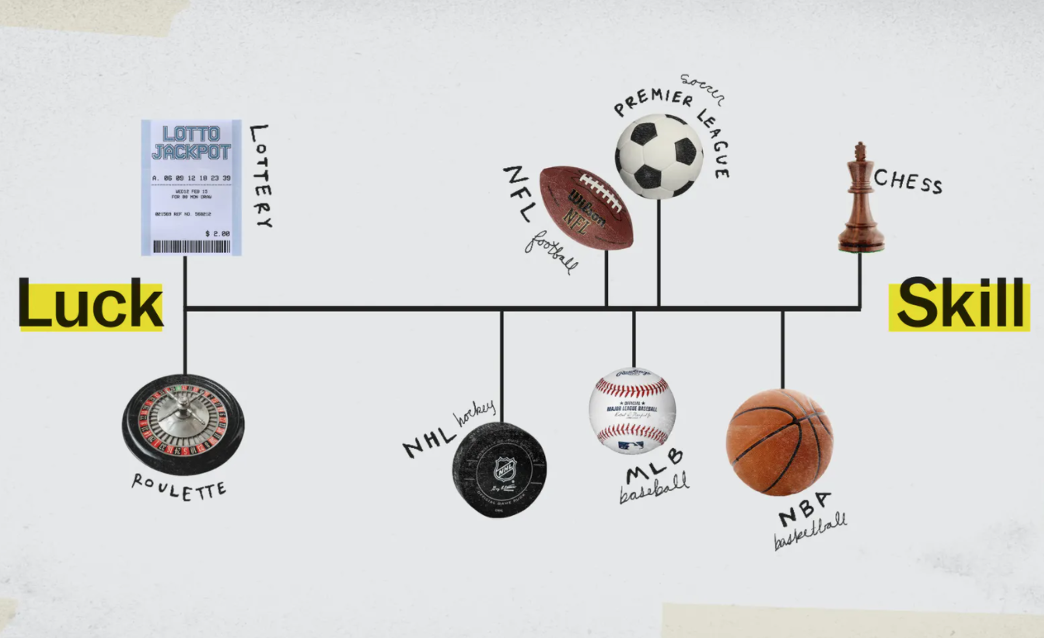
How late is too late for a struggling team in the National Hockey League to right the ship and become a playoff contender? We’ve become conditioned by the idea that teams tell us who they are awfully early in an NHL season, because it’s mostly true. I’ve cited Elliotte Friedman’s interesting statistic several times in these columns, but once more for good measure:
From 2005-06 to 2019-20, just nine of 59 teams who were four points out after games on November 1 came back to make the playoffs. If you fall behind early, it’s not a great sign about your prospects.
You’ll note though that, hey … nine out of 59. That’s over 15 per cent of playoff teams that start poorly who find their way back to a measure of success. Those 15 per cent are wonderful stories, and they’re part of what the shortened seasons have robbed from us in 2019-20 and 2020-21. We’ve missed teams having the opportunity to rise above substantial trials and tribulations with a dramatic push on the last laps.
Any time a team had any run of bad luck the past two seasons — maybe a stretch of concurrent injuries, or maybe a bunch of players withheld due to COVID protocols, or maybe just some bad bounces for a number of games in a row — it all but turfed their seasons. Some were saved by that 24-team play-in shmozzle of 2019-20, but it was a forced solution, and one that discounted the value of every mile of the full-length marathon. Make no mistake about an NHL season, “the grind” and “the dog days” are part of the test of it all. Stockpiling points through the best and worst versions of your roster, and being allowed to overcome imperfect miles with great ones brings the deep satisfaction of having earned it. It feels great to have a season back where teams have a chance to get back in it.
Looking at only the five seasons before these past two shortened ones, the following is a handful of teams that managed to make the playoffs despite poor starts.

The Flames were dogs in 2016-17 out of the gates through 15 games, but it’s not like any of these teams showed well in the early going. These are seven teams that were below .500 hockey, proved that almost all teams have bad stretches, and their slow starts were just a result of timing rather than an indictment of their teams.
The same season that Vegas and Carolina started slow and found their way into the playoffs — that being 2018-19 — the St. Louis Blues went from the cellar in the Central in the new year all the way to win the Stanley Cup. They made a few tangible changes, which had enough time to take root and make a difference. That wasn’t possible over these past two shortened campaigns.
If you look at the NHL standings this season, it feels like there’s a few teams in this window who’re legitimately eligible to make the same climb. This is the window of teams I’m talking about here:

I’m looking mostly at the 25-28 range there.
In pre-season I had the Canucks in the playoffs, could have easily seen the Stars as a playoff team, and most people had the Avalanche as Presidents’ Trophy favourites. Heck, since Yanni Gourde has come back the Seattle Kraken have started posting some of the best possession numbers in the NHL — if they start getting some saves from Philipp Grubauer or Chris Driedger, it wouldn’t be impossible to see them going on a run in a soft division. The Kraken’s inaugural season isn’t done yet.
In my experience in the minors and college and junior hockey, I vividly remember the seasons that exist within the season. There’s the run where you traded for or called up a couple new players, and things took a different shape. There’s the before and after of a coaching change, or a goalie injury, or the run of games everything you shot went in (and the opposite). There’s times you feel like you deserve more and times you’re hanging on to your current role for dear life.
Hockey, more than other sports, relies on sample size to tell us the truth about who’s good and who isn’t, because puck luck is cruel. We’re a low scoring sport, and by a number of studies, luck has the heaviest influence on hockey of the four major North American sports.
There’s an investment strategist and sports fan named Michael Mauboussin who wrote a book called “The Success Equation” and in it, he evaluated the role of luck and skill, leading to a graph that looks like this (including EPL football):

We finally have enough games to get it right about who deserves the chance to play in the first round of the playoffs, where yes, small sample luck returns to wreak havoc. But on our way there, the NHL season almost always does a fair job sorting the top half of the league from the bottom. Knowing that, fans can surely relax a little bit about bad runs of hockey if they truly believe they’ve got a team that’s good enough to get in. For fans, it’s nice to have the luxury of the large sample back.
How returning to a full NHL season should shape early team opinions
Source: Pinas Ko Mahal

0 Mga Komento